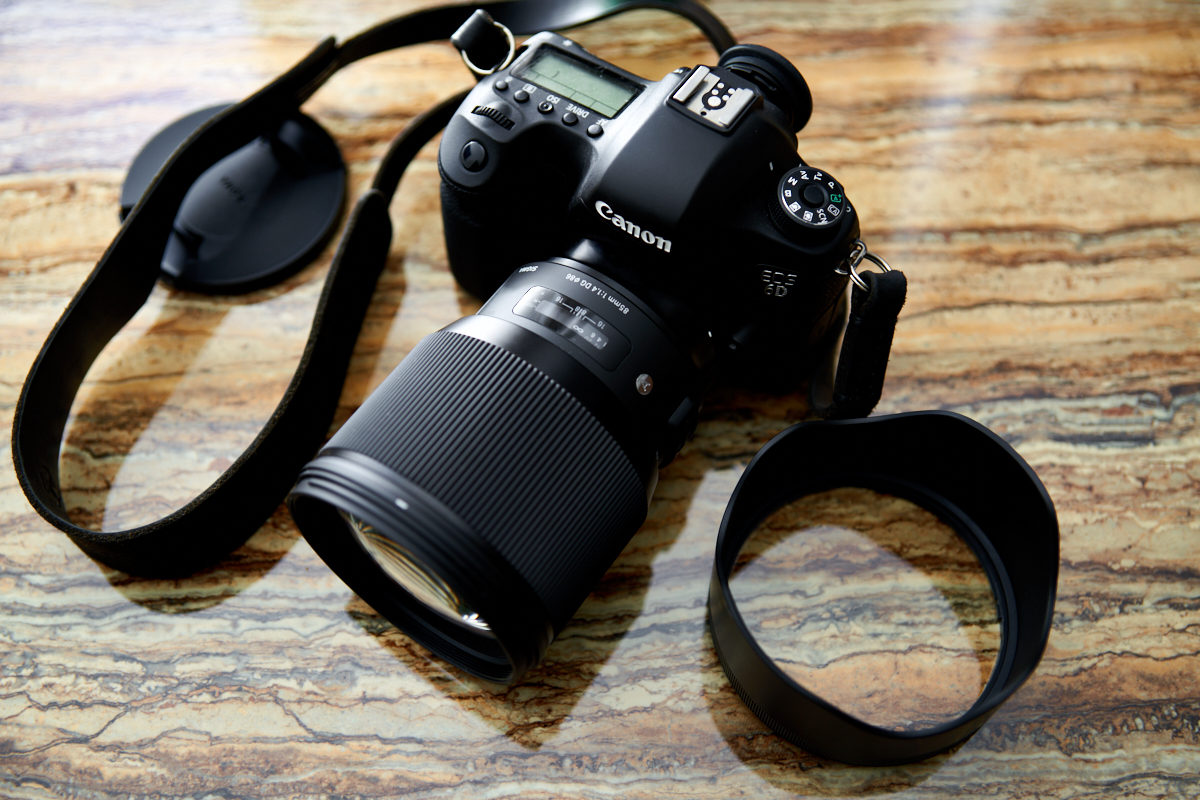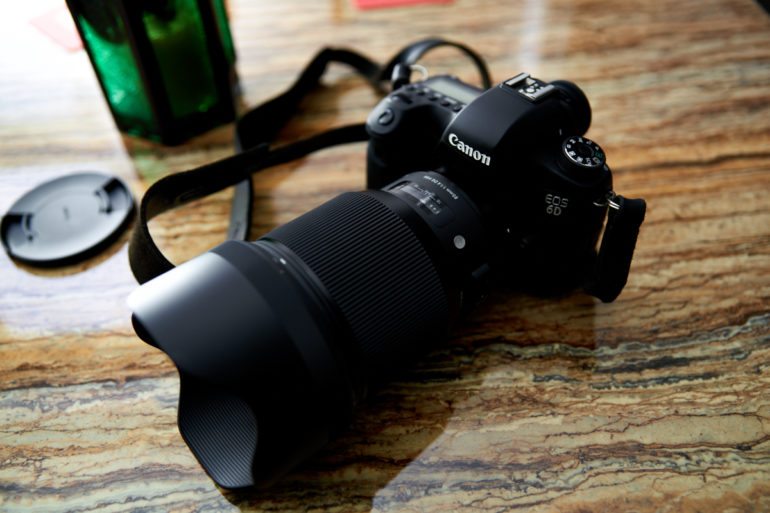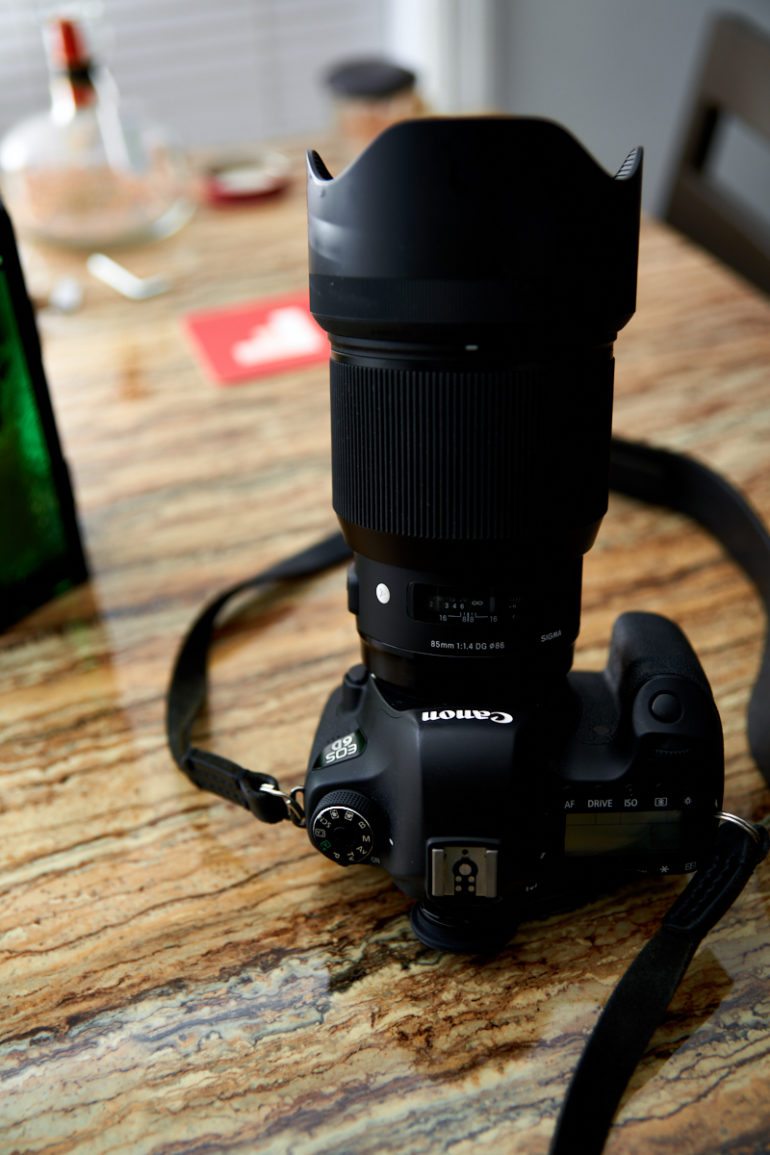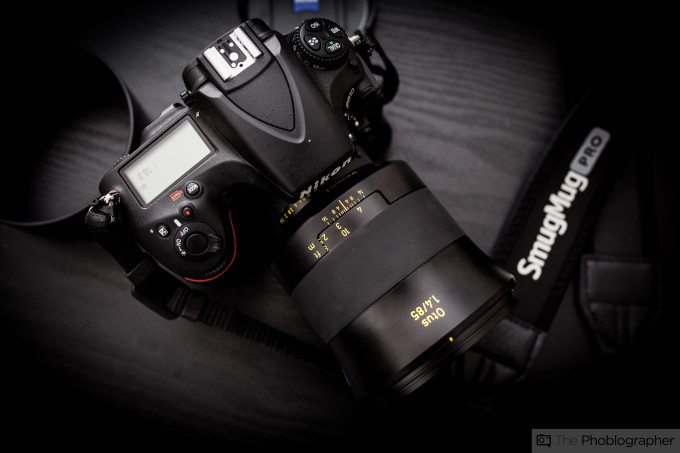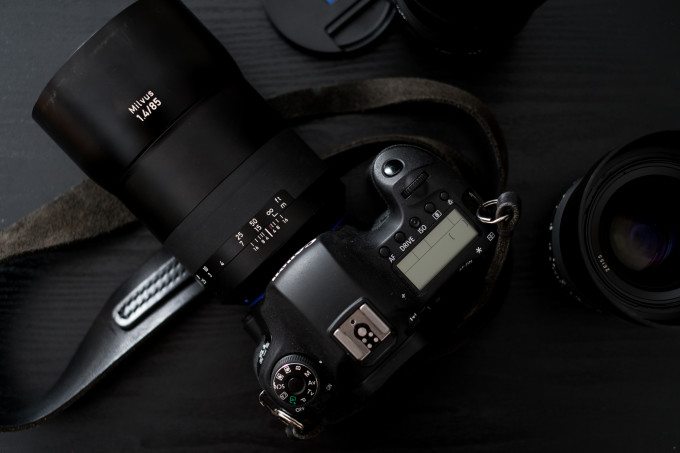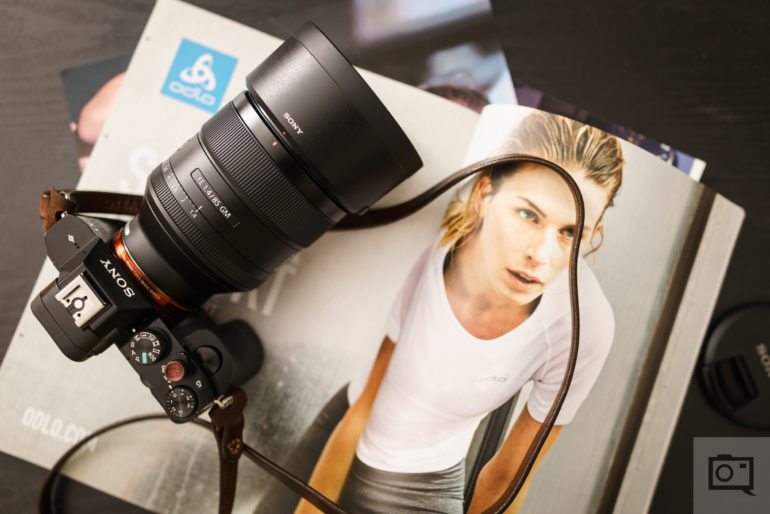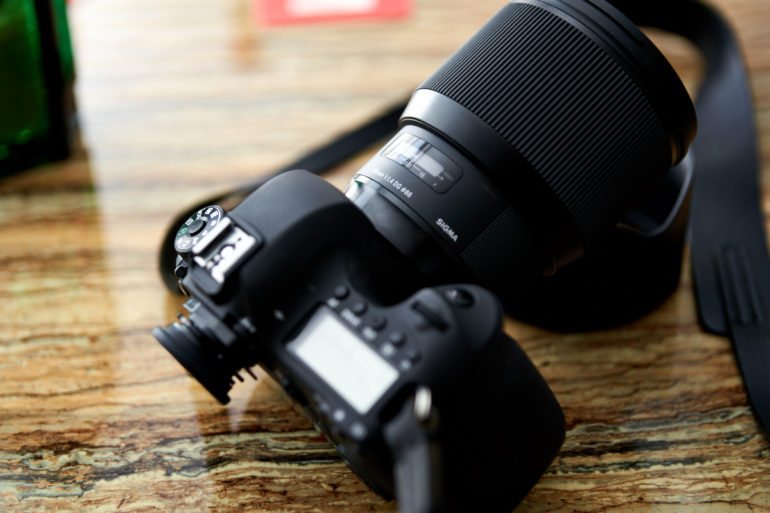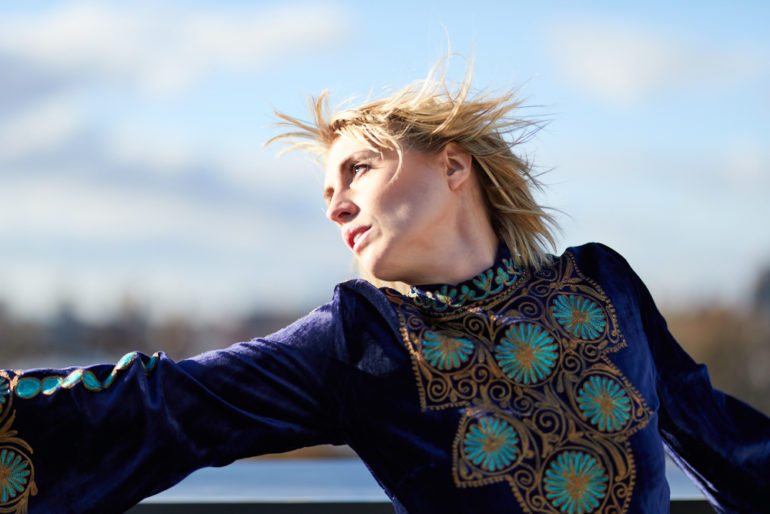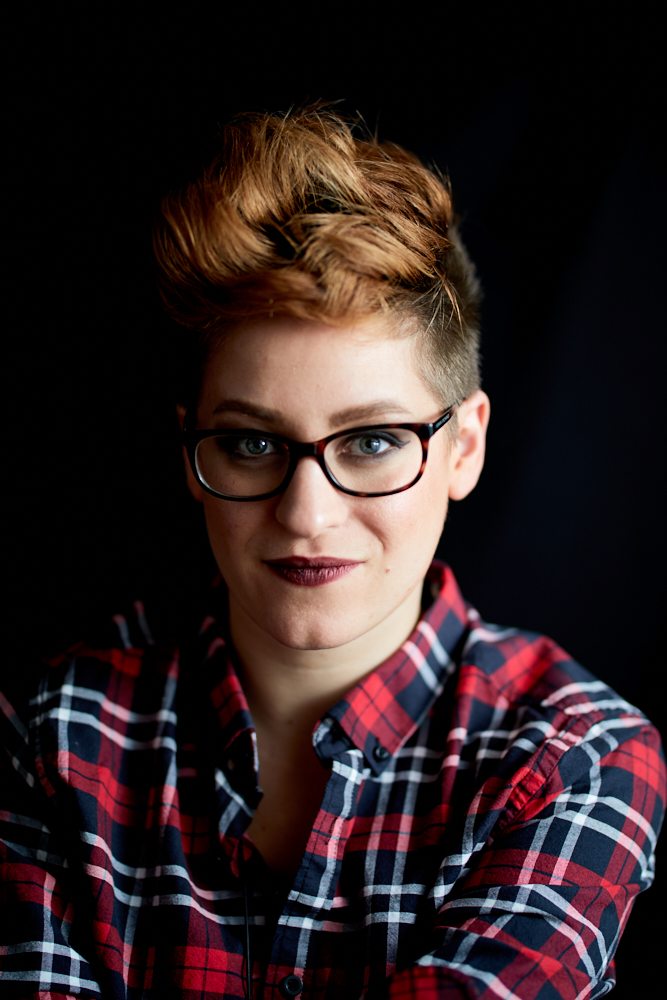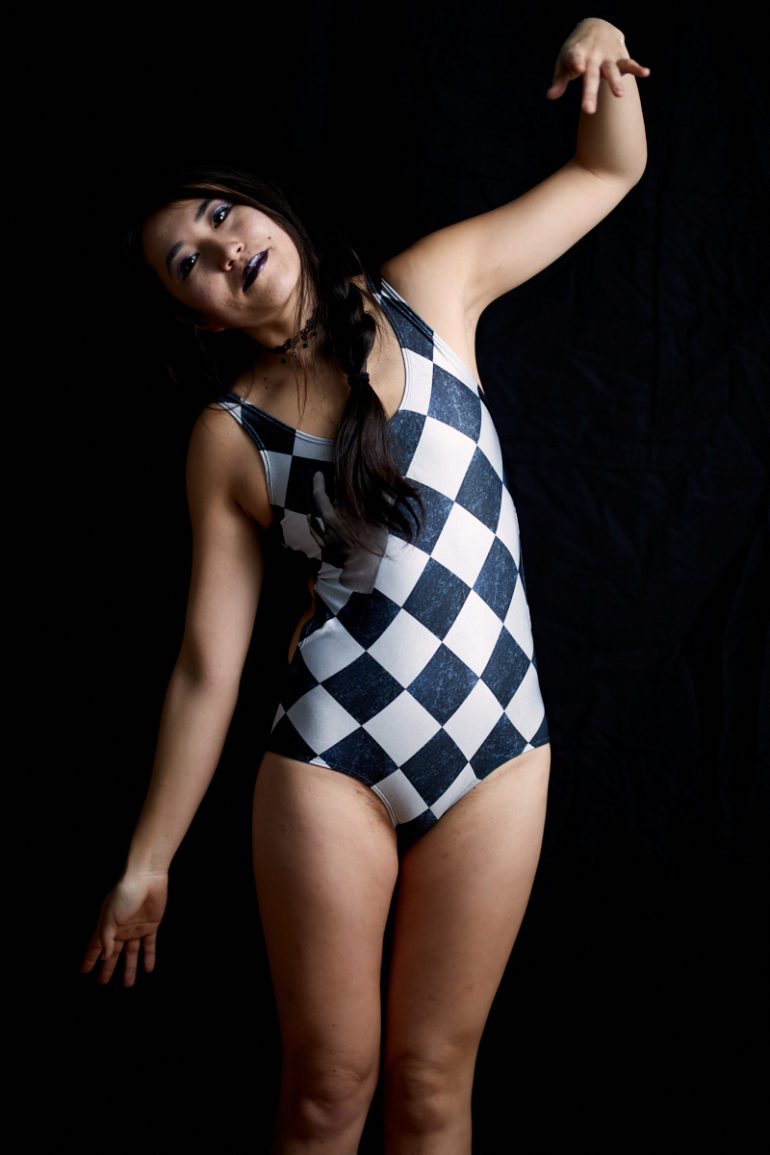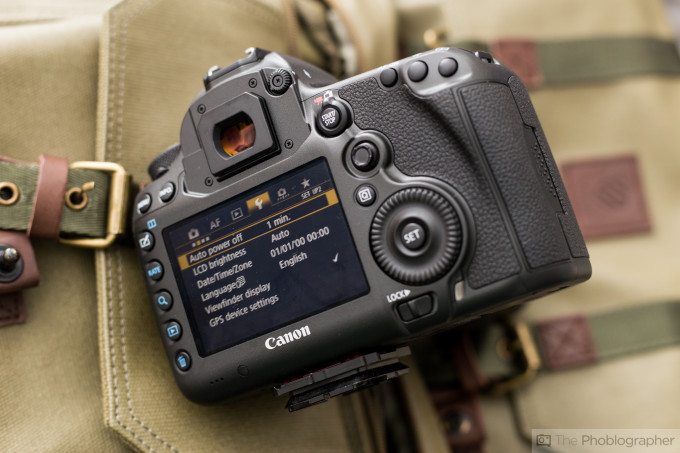Last Updated on 12/29/2016 by Chris Gampat
The answer to the question that you’re wondering is yes, the Sigma 85mm f1.4 Art lens is indeed much better than the previous version of the lens. At higher megapixels, you start to see the flaws of the older version, but the newer one exudes an image quality that is truly unbelievable. Additionally, it sports a bit of weather sealing. And the ultimate answer to whether or not you should upgrade really has to do with your own intentions. If you absolutely want to stick to using DSLR cameras, then this is a must-buy lens.
But holy crap, is it huge!
Pros and Cons
Pros
- A bit of weather sealing, though not much
- Superb sharpness
- Beautiful bokeh
- Lots of micro contrast
Cons
- Massive
- After working with mirrorless cameras for so long, I don’t really want to carry something this ginormous around.
Gear Used
The Sigma 85mm f1.4 Art lens was tested with the Canon 6D and 5D Mk IV. Flash support was provided by the Adorama Flashpoint Xplor600 monolight.
Tech Specs
Specs taken directly from Sigma’s website, here.
| Lens Construction | 14 Elements in 12 Groups | ||||||
| Angle of View | 28.6º | ||||||
| Number of Diaphragm Blades | 9 (Rounded Diaphragm) | ||||||
| Mininum Aperture | f16 | ||||||
| Minimum Focusing Distance | 85 cm / 33.5in. | ||||||
| Filter Size (mm) | 86mm | ||||||
| Maximum Magnifications | 1:8.5 | ||||||
| Dimensions (Diameter x Length) |
94.7mmx126.2mm / 3.7in. x 5.0in. | ||||||
| Weight | TBD | ||||||
| Corresponding Mounts |
|
Ergonomics
Taken from our first impressions post.
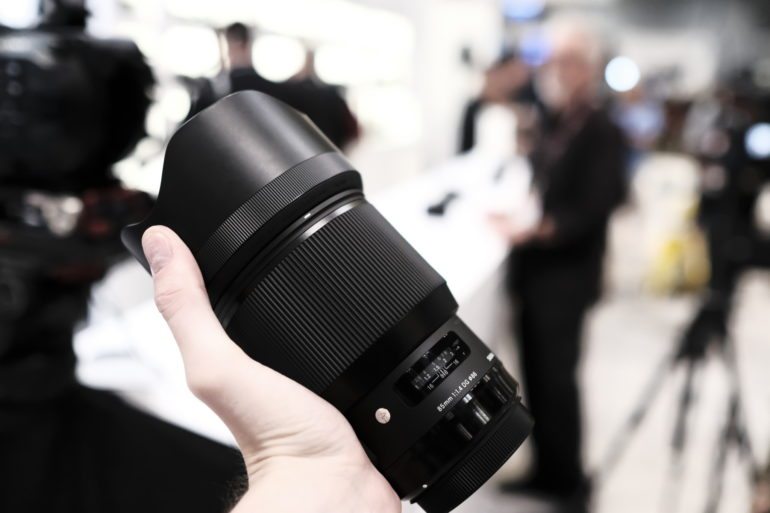
So in terms of size, this lens is honestly one of the largest and heaviest lenses under 100mm that I have held in a long time. The product photos of this lens don’t really convey just how large it is, even compared to other large 85mm lenses like the Canon F/1.2 and the Nikon F/1.4.
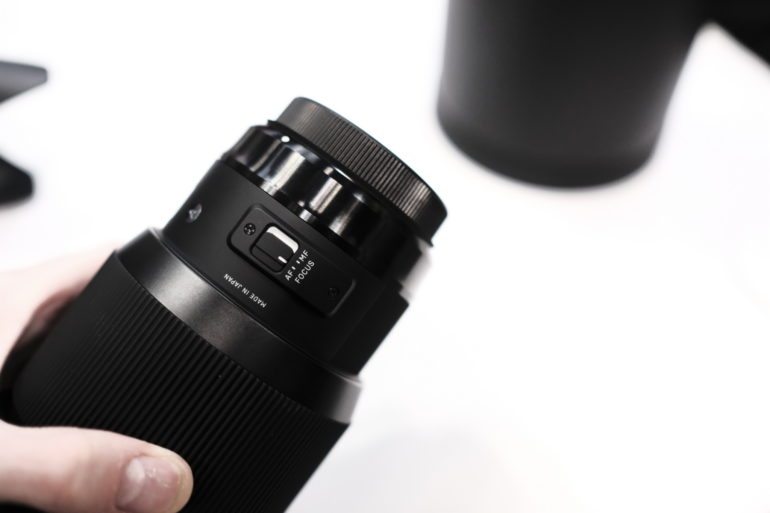
As far as the the lens style and feel goes, this lens is right in line with the rest of the Sigma Art line. The jet black with white accent color scheme has become expected from Sigma, and this lens doesn’t disappoint. If you have ever held or felt a Sigma Art lens then you know how the Sigma 85mm feels.
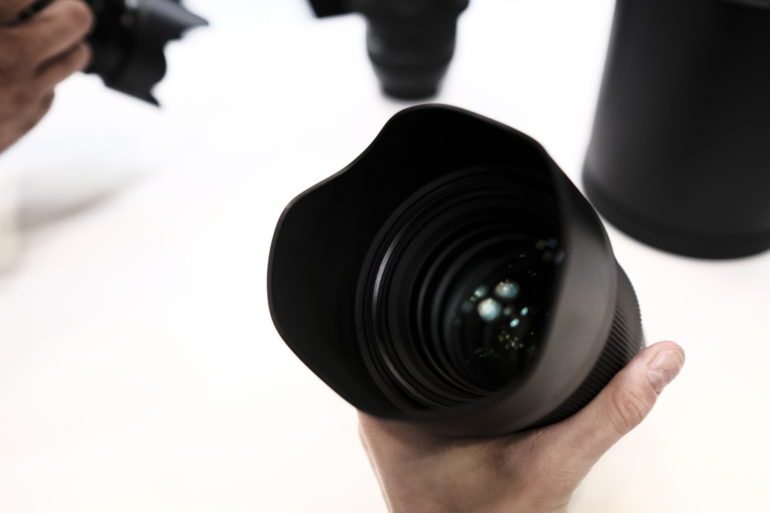
The front element of this lens is impressive and, when used with the hood, is well covered with the leaf petal style hood design. The focus ring grip feels essentially like many of the other Sigma Art lenses. It was smooth to turn and had a good amount of resistance (some may think too much, but we didn’t feel it was too bad).
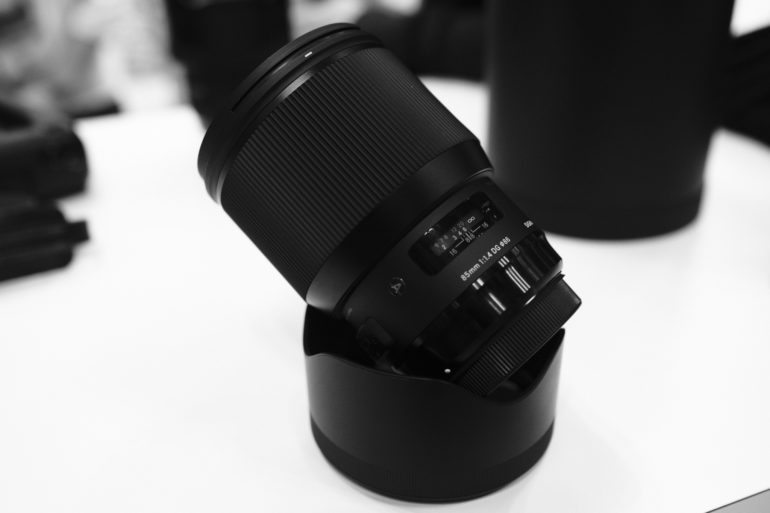
In Comparison
Make no mistake about it, this is the biggest 85mm lens on the market. Sigma’s design formula has been the same for a while now, so all that needed to be done was applying it to an 85mm body. That’s what this is.
Regardless, it’s still pretty darn big and only gets bigger when you attach the lens hood. Why is it this big? Lord only knows, but Sigma isn’t the only one that makes big 85mm lenses out there. The new Zeiss Milvus, Zeiss Otus, and Sony 85mm G Master are all pretty large. Still though, the Sigma takes the cake here.
Build Quality
In the hand, the Sigma 85mm f1.4 feels really nice. When not mounted, it’s a massive piece. But when mounted, it’s fairly simple to work with in terms of manageability. Again though, I’m still not sure why something this gargantuan needed to be created. It feels almost like a medium format DSLR optic in terms of its size and build.
Though Sigma doesn’t straight up say that the lens is weather sealed, it incorporates some protection in the form of rubber gaskets that help keep the camera it’s attached to and the lens itself secure from the elements.
Additionally, Sigma has this big beefy manual focus ring that provides a whole gripping area for your hand.
In Comparison
This is the Zeiss Otus 85mm f1.4. It has no weather sealing and its focusing ring is smooth. Sigma arguably wins here at a more affordable price point. But the Zeiss does indeed have actual metal as part of its construction.
The Zeiss Milvus 85mm is essentially the Otus with not as sharp image quality and weather sealing. It’s smaller than Sigma’s, but Sigma’s grip is nicer. Still, the Zeiss has metal as part of its body.
Then there’s the Sony 85mm G Master. It has a bit of weather resistance–probably just as much as the Sigma does. Its focusing ring is smaller and it has a working aperture ring. That means that there’s less grippy area, but it’s in more spread out parts of the lens.
Real World Use
Despite how large and clunky this lens is, it’s really not that bad to use. Part of this has to do with its fast autofocus with both new and older Canon DSLRs. It will make portrait sessions a relative breeze. There is only one switch on it for going from autofocus to manual focus, so as long as you don’t touch that you’ll have no problems when trying to keep a rhythm going in the studio.
In Comparison
Autofocusing with a lens like this is nice; and far easier to do than working with the manual focus Zeiss options at a focal length this long.
Autofocus
What helps to make 85mm lenses so attractive is that they’re typically lightweight and compact short telephoto lenses. This makes portrait photography easier and makes the 85mm a popular choice amongst many pros. The autofocus on the Sigma is pretty snappy with both new and older Canon cameras, so if you’re shooting portraits with this lens you really shouldn’t have a whole lot to worry about.
In Comparison
This is where I really wish I had the Sony mount version of the lens–when mounted to the A99 II, it would use Eye AF to get a portrait subect’s eye in focus with no issues.
Using this focal length is leaps and bounds easier than working with the Zeiss and needing to manually focus. Unless your camera is on a tripod, you’re bound to throw your own plane of focus off.
Image Quality
What can I say here that hasn’t been said already? The Sigma 85mm f1.4 Art blows the original away in terms of image quality in every single way. It’s sad because I own the original and genuinely wondered whether or not I’d want to upgrade. If I decided to stick with DSLR camera systems, then I’d most likely do this if I was going for a higher megapixel body. But at the 20MP that the 6D offers, there is no major reason to want to upgrade. There is by no means anything wrong with the image quality. But the Art offering does indeed do a better job.
Bokeh
Sigma has always produced lenses with fantastic bokeh and this one is no exception at all. It’s beautiful, creamy, and incredibly pleasing overall. I truly can’t fault it.
Chromatic Aberration
Here’s where Sigma prevails again. This image was printed in my office at Super A3 size, and I couldn’t find a single problem with the photo despite how hard the contrast is in this image. Sigma again wins this.
Color Rendition
Sigma tends to saturate the skin tones a bit too much for my liking. Think more Kodak Ektar vs Portra. If you’re shooting in an environment with flash and using daylight white balance, you’ll be able to negate these issues for the most part. But even so, you could do with a bit less saturation.
Sharpness
Again, Sigma really nails it here. The photos speak for themselves. If anything you may want to tone the sharpness back a bit.
Extra Image Samples
In Comparison
Sigma’s 85mm f1.4 Art lens can easily hold its own with the Zeiss Otus 85mm and the Sony 85mm G Master. There is no doubt about that here.
Conclusions
Likes
- Fantastic sharpness
- Great bokeh
- A bit of weather sealing
- Good autofocus
Dislikes
- Big and heavy
For $1,199 you’re getting an absolutely fantastic lens. Despite my gripes about how big and heavy it is, the end result is arguably worth your time and the pain in your hands afterward. It focuses quickly, has a bit of weather sealing and overall is a very strong performer. There is very little that will make me want to not award this lens the Editor’s Choice award that it so easily deserves. It’s highly capable and available at a good price.
The Sigma 85mm f1.4 Art lens receives five out of five stars and our Editor’s Choice award.
Recommended Cameras
Canon 5Ds: This camera will give you the most resolution when working with a lens this beautiful.


